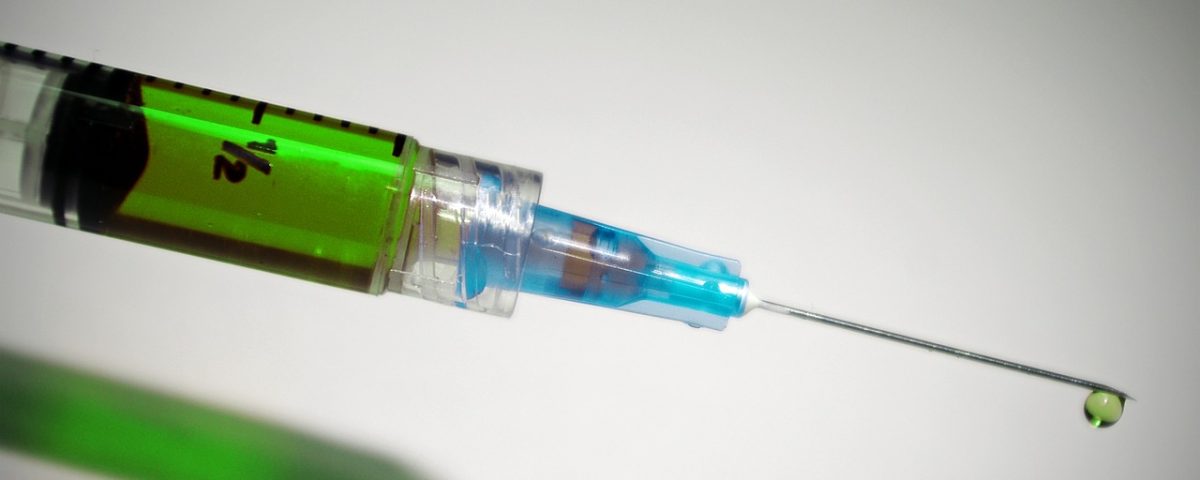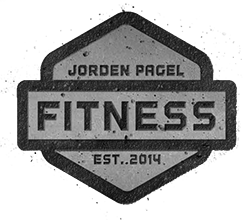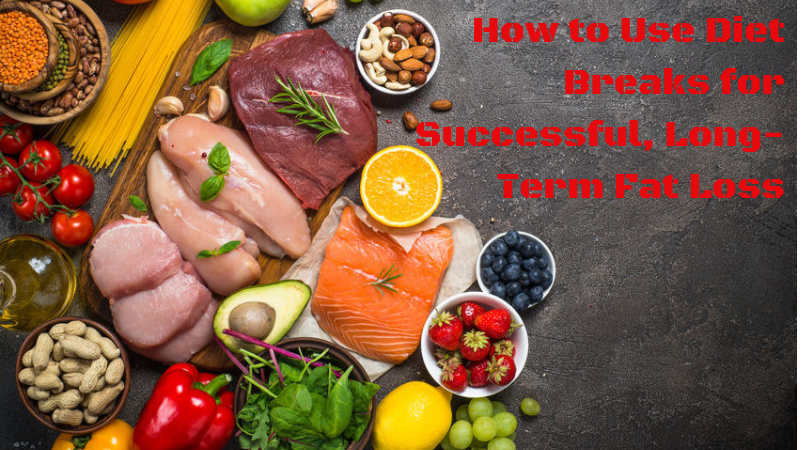Testosterone 301: TRT and Steroids

Over the last few articles in this series, we’ve been exploring the very important topic of testosterone. In Part One, we talked about what testosterone is, what it does, and why low T can be so detrimental to a man’s health. And, in Part Two, we discussed how to treat low testosterone with varying methods, one such being Testosterone Replacement Therapy (TRT).
Today, we’re going to dive a bit deeper into TRT, because many who haven’t been exposed to it or read much about it, get confused about what it actually is. In fact, a common belief is that TRT is akin to taking steroids.
Few things garner stronger opinions among sports and fitness enthusiasts than the topic of steroids, with an overwhelming amount of said opinions being negative.
But with the hate comes a lot of misinformation and half-truths. Steroids have been demonized so much that viable forms of medical treatment have been lumped in with steroid use, not because of the treatments themselves or what they do, but because of the misuse of the drugs and treatments by many steroid abusers.
This is where the misconception about TRT and steroids comes into play. And in the rest of this article, we’re going to attempt to separate the facts from fiction when it comes to testosterone replacement therapy, and steroid use.
Testosterone Replace Therapy and Steroids
Quick TRT Refresher
As I discussed in Part Two, TRT is a common method used to help treat men with low T levels.
TRT is used to help men achieve natural levels of testosterone within the body. There are four main forms of testosterone replacement therapy:
- Subcutaneous Implant: With this form of TRT a small pellet is implanted under the skin, either in the abdomen or the buttocks. The pellet, which is no larger than a grain of rice, works to keep T levels elevated, and only needs to be replaced every 4-5 months. However, this form of TRT comes with a number of side effects, including anxiety, agitation, infection, and adrenal exhaustion, among other things, which makes some doctors hesitant to recommend it.
- Transdermal Patch: Like the implant, this method provides the body with a steady stream of testosterone, via a patch placed on the upper arm or scrotum. The downside of this method however, is it often leads to skin irritation.
- Gels and Creams: Gels and creams are a popular form of TRT because they are easy to administer and are very effective. Patients can apply them to the arms or shoulders 1-2 times per day. Testosterone creams also have the added benefit of helping raise HDL levels, or the good kind of cholesterol.
- Injections: Injections are probably the most effective, beneficial, and safest method of TRT. This method is low cost, can be done at home, has minimal side effects, and mimics natural testosterone fluctuations.
Testosterone pills are also available, but are not recommended by doctors due to the adverse effects they can have on the liver. The above forms of TRT bypass the liver entirely.
Despite the fact that these methods of testosterone replacement therapy are recommended by doctors for men with low testosterone, many people view TRT as just another method of steroid use.
So that begs the question, “Is it?”
What Are Steroids?
What most people actually think of when they hear the word “steroid” is a class of substances know as “anabolic-androgenic steroids”, or simply “anabolic steroids”, a synthetic version of testosterone.
These drugs were originally developed as a treatment for low testosterone, for men who’s testes were not producing the necessary amount of the hormone. What they discovered however, is that these substances could also be used to help increase skeletal muscle and increase bone density.
In addition to anabolic steroids, there is another class of steroids called Corticosteroids. These are synthetic substances used in medical treatments to help the body fight inflammation by mimicking the effects of cortisol, the body’s natural defense against inflammation.
Steroid Uses
Many of us only think of steroids as drugs used by bodybuilders and athletes to gain a competitive edge. However, there are many medical uses for steroids as well.
Corticosteroids most commonly used in the medical treatment of diseases and conditions such as arthritis and asthma. They work by reducing inflammation and pain in the joints where arthritis can cause swelling, as well as opening up air passageway swelling cause by asthma.
Since inflammation is a present in many diseases, corticosteroids can also be used to treat everything from skin conditions, to Crohn’s disease and multiple sclerosis, to helping reduce nausea caused by chemotherapy in cancer patients.
And while not as prevalent, anabolic steroids are also prescribed to help treat certain medical conditions. This includes things like delayed puberty in young boys, rebuilding muscle mass in cancer and AIDs patients, rebuilding tissue damaged by an injury, and of course treating low testosterone.
The majority of anabolic steroid use however, is done illegally; by those looking to increase muscle mass, get stronger, or increase athletic performance.
How Steroids Work
When anabolic steroids enter your system, they are broken down and attach themselves to your androgen receptors. When this happens, the receptor is activated.
Once these receptors are activated, you body starts speeding up the muscle building process. More proteins are produced than normal, which your body uses to build up muscle mass. In fact the word “anabolic” is derived from the Greek word anabole, which means “to build up”.
But that’s not all that happens. Some of your androgen receptors inhibit hormones called glucocorticoids. By doing this, your body speeds up the breakdown of proteins into amino acids, providing energy to the muscles, faster. This shortens the recovery time needed between training, meaning you can trainer harder, with less rest.
So it’s possible in theory that anabolic steroid use can help you build muscle and get stronger. But does it work in real life? It would appear so.
This study tested the effects of anabolic steroid use in athletes, and what they found was that the participants who were given the drugs saw a 5-20% increase in strength, and a 2-5 kg increase in lean muscle mass, in just 10 weeks.
But what about TRT participants?
While many men undergoing testosterone replacement therapy do report feeling stronger, and that they’ve added muscle, the amount to which they do usually isn’t significant.
While increasing testosterone levels above natural levels (like those seen in steroid users) can help you add appreciable mass, increasing T levels within the natural range does not seem to have the same effect, according to this study.
However, that same study also showed that increasing testosterone levels within the natural range can lead to a decrease in body fat percentage. This could be part of the reason that TRT participants report seeing appreciable muscle gains; the quickest way to look like you’ve gained muscle is to lose body fat.
It could also have to do with the increased energy levels and decreased fatigue associated with low T levels. Having more energy will lead to better workouts, and better results.
TRT and Steroids: What’s the Difference?
The drugs used by TRT participants and steroid users are actually quite similar, in that they both contain forms of testosterone. However, the poison, as they say, is in the dose.
I asked fitness coach, and author of the New York Times bestseller Engineering the Alpha, John Romaniello his thoughts on just how TRT and steroids differ.
“The first thing to remember is that in most cases, the compounds being used by someone in TRT vs. someone using steroids for performance or physique enhancement are identical. What differs—other than the obvious, like legality and medical supervision—is the reason for use and the dose.”
Romaniello goes on to say, “TRT doses are intended to keep your testosterone levels in the normal range (usually at the high end); steroids, on the other hand, are usually used to push you into what is called the supraphysiological range of testosterone. That is, higher levels than what you could produce naturally.”
With a few exceptions, anabolic steroid use is normally not done under the supervision of a doctor. In fact, anabolic steroids are illegal in the United States. Despite that, many bodybuilders, physique, and performance athletes use anabolic steroids to help them improve both body composition and performance.
And while both TRT and steroid use have their side effects, the side effects of taking anabolic steroids are much more pronounced, and can be life-threatening.
Because no studies have ever been done on the side effects of steroid use (doing so would require prescribing participants with an unethical dose), most of the known side-effects are observational. These include a laundry list of things like…
- Development of breasts
- Infertility
- Shrunken testicles
- Enlargement of the prostate
- Impotence
- Liver abnormalities and rupture
- Increased LDL (bad) and decreased HDL (good) cholesterol
- High blood pressure
- Heart problems
- Depression
…and much more.
Since anabolic steroids are illegal in the U.S., most need to be purchased from other countries. This means that they aren’t subject to government testing and safety standards, increasing the risk for impurity.
TRT on the other hand, when done under the supervision of a medical professional, produces minimal side effects, at worst.
The Final Word on TRT and Steroids
I’m not here to preach on the ethics of steroid use, or whether or not you should be allowed to use them if you want…that’s a topic for a future article.
But what I am trying to drive home is that there is a HUGE difference between those utilizing testosterone replacement therapy to help increase their quality of life, and those who take steroids to help achieve some sort of edge.
Low testosterone is a real problem among men today, and TRT is one of the best methods available for reversing it.
The use of steroids however, addresses a problem that only exists in the mind of the user. Either they’re not big enough, or strong enough. They need to be faster, or need to gain a competitive advantage.
TRT is a safe, natural way to increase the quality of life of those with low T.
Romaniello, who himself has experience with TRT, agrees. “TRT for me, allows me to feel at 34 years old the way I did when I was 24. I sleep more easily, I recover well, and in general I am just more physically capable than I was before I started. There have been some changes to strength and body composition, but nothing insane. It’s more just about feeling better and slowing the aging process.” he says.
Steroids on the other hand, are a quick fix – a short cut – where the long-term side effects outweigh the short-term gains.
Next week, in the fourth and final article in this series, we’re going to discuss the important role testosterone plays in the health and lives of women.
Also:
Part One: Testosterone: Sex, Health, and Everything Else
Part Two: Treating Low Testosterone
Fat Loss Made Easy!
Subscribe to the JPF newsletter and get my 5-Day Fat Loss email course absolutely FREE! You'll learn how to create your own fat-shredding program in less than a week.
Plus you'll get the latest updates from the blog, exclusive offers, and other cool stuff.



